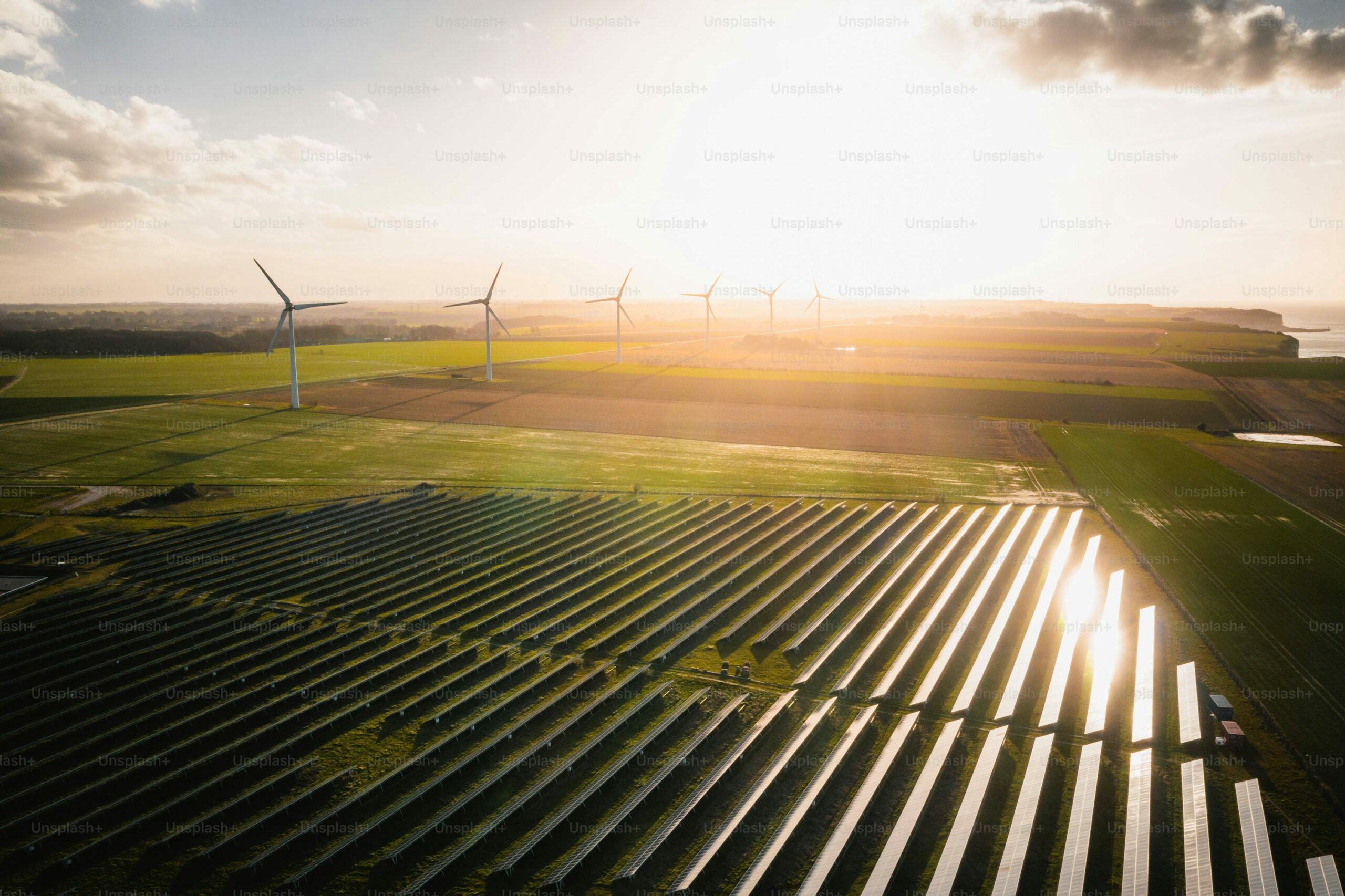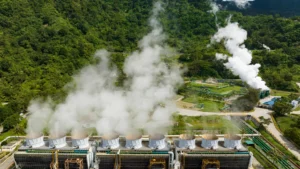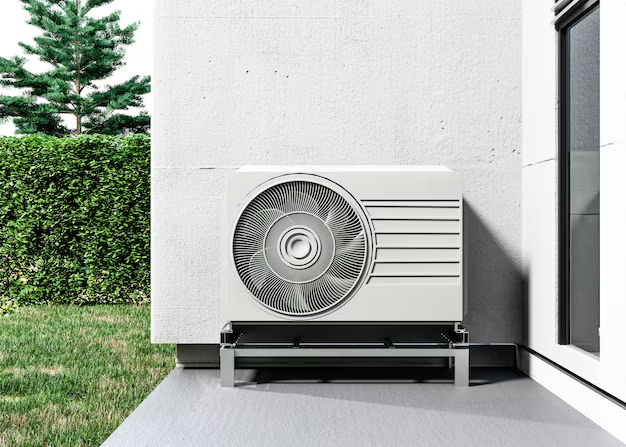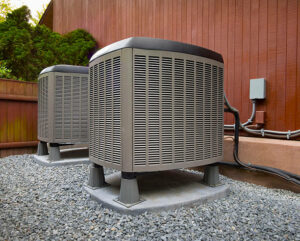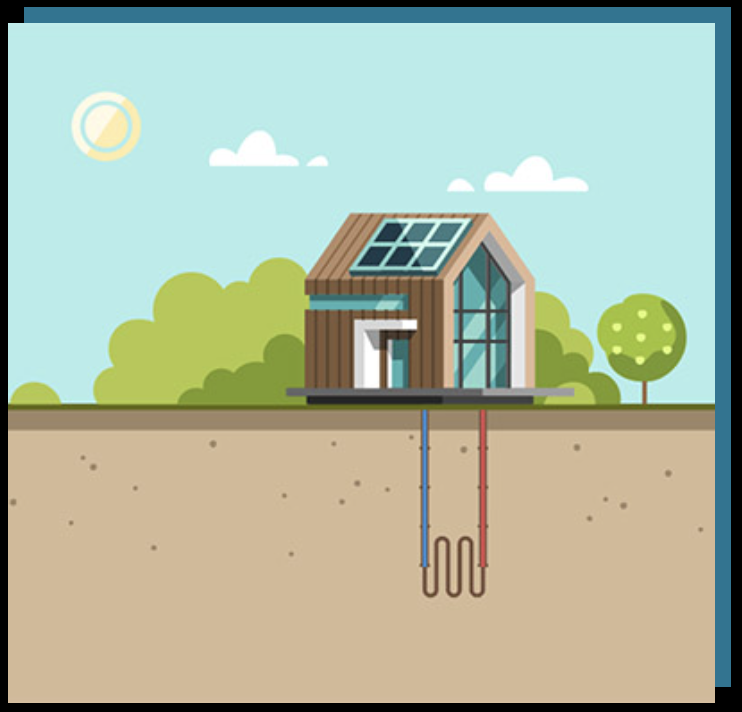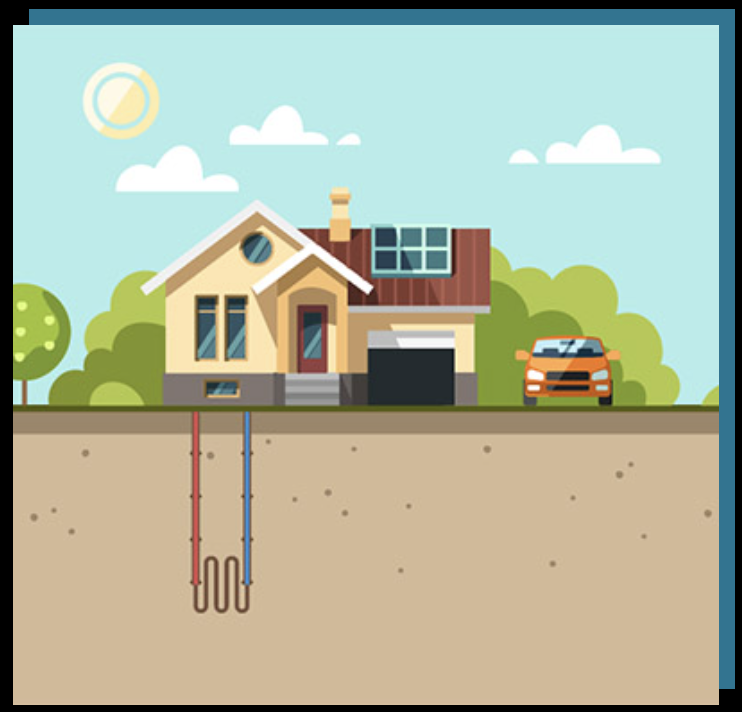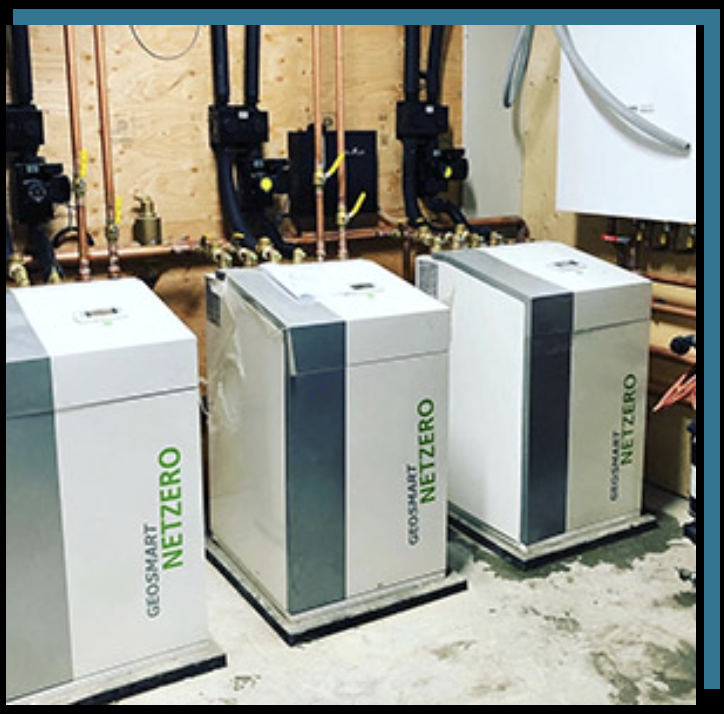Let’s be honest—our planet’s been through a lot. And as energy demands keep rising, the big question is: how do we keep the lights on without burning through the Earth’s resources? That’s where renewable resources come in. They’re nature’s way of saying, “Hey, I’ve got you covered—again and again!”
In this article, we’re diving into what renewable resources really are, looking at real-world examples, weighing the pros and cons, and showing you how we actually use them in everyday life. Ready to explore the future of clean energy? Let’s dive in.
What Are Renewable Resources?
Think of renewable resources like your favorite streaming service—always available, always reloading. Unlike fossil fuels (which take millions of years to form and are gone once used), renewable resources naturally replenish over time. That means we can tap into them again and again without running out.
They come from sources like the sun, wind, water, plants, and even the Earth’s internal heat. And the best part? They’re significantly better for the environment.
Common Examples of Renewable Resources
Now, let’s take a closer look at the most widely used renewable energy sources today. These are the heavy hitters leading the transition to a more sustainable energy future.
Solar Energy
We’ve got a giant energy source in the sky—the sun. Solar energy captures sunlight using panels and converts it into electricity or heat. Simple, right?
How we use it:
- Powering homes, businesses, and even electronic devices.
- Heating water through solar thermal systems.
- Feeding clean energy back into the grid via solar farms.
Wind Energy
Those tall, spinning wind turbines you see in rural fields or offshore? They convert wind into electricity using kinetic energy.
How we use it:
- Generating electricity in wind farms.
- Supplying clean power to remote communities.
- Powering national energy grids with large-scale installations.
Hydropower
Flowing water is a powerful force. Hydropower captures that motion—typically from rivers or dams—to generate electricity.
How we use it:
- Major dams like the Hoover Dam.
- Small-scale hydro systems for rural and off-grid applications.
- Energy storage and grid stability through pumped storage.
Biomass
Biomass energy comes from organic materials like wood, crop waste, and even algae. It’s a way of converting plant matter into usable energy.
How we use it:
- Heating buildings with wood pellets or chips.
- Producing electricity at biomass power plants.
- Creating biofuels for vehicles and machinery.
Geothermal Energy
Deep underground, the Earth is hot—really hot. Geothermal energy taps into this internal heat to generate electricity and provide heating.
How we use it:
- Heating and cooling homes with geothermal heat pumps.
- Generating electricity in geothermal power stations.
- Supplying hot water in geologically active regions.
Advantages of Renewable Resources
So, why are renewable resources becoming such a big deal? Here are some of the top reasons we’re making the shift.
Cleaner Energy
Unlike fossil fuels, renewable energy sources produce little to no harmful emissions. That means better air quality and fewer greenhouse gases heating up our planet.
Endless Supply
As long as the sun shines and the wind blows, we have access to energy. Renewable sources don’t run out, making them a long-term solution.
Reduced Dependence on Imports
By producing energy locally, countries can reduce their reliance on imported fuels, improving national energy security.
Job Creation
The renewable energy sector is growing fast and creating thousands of new jobs in everything from engineering to installation.
Long-Term Savings
While initial setup costs can be high, renewable systems often save money over time, especially with government incentives and lower energy bills.
Disadvantages of Renewable Resources
No energy solution is perfect. Here are a few of the common challenges associated with renewable resources.
Upfront Investment
Installing solar panels, wind turbines, or geothermal systems can be expensive initially, although prices are dropping year by year.
Inconsistent Supply
Solar and wind energy production can be unpredictable. Cloudy days and calm weather mean less energy generation.
Space Requirements
Large-scale renewable installations often require significant land or space, especially for wind farms and solar fields.
Energy Storage Needs
Because some renewable sources produce energy intermittently, effective storage solutions like batteries are essential—and still evolving.
Environmental Impact
While far lower than fossil fuels, some renewable systems can affect ecosystems. For example, large dams can disrupt fish habitats and river flows.
Everyday Uses of Renewable Energy
You might be surprised at just how often you encounter renewable energy in daily life. Here’s where it’s already making a difference.
Residential Applications
- Rooftop solar panels providing electricity.
- Geothermal heat pumps keeping homes comfortable.
- Smart thermostats optimizing energy use based on availability.
Urban Infrastructure
- Solar-powered lighting in public spaces.
- Electric buses and charging stations in growing cities.
- Municipal buildings using wind or solar energy.
Industrial and Commercial Uses
- Factories powered by renewable-based electricity.
- Sustainable manufacturing practices using clean energy.
- Waste-to-energy conversion in agriculture and food production.
Energy Grids
- Renewable energy fed into national grids from solar and wind farms.
- Hybrid systems combining multiple renewable sources for reliability.
- Local microgrids providing off-grid communities with steady power.
Why Renewable Energy Matters Now More Than Ever
Climate change is one of the biggest challenges we face today. Rising global temperatures, extreme weather, and shrinking natural resources are all signs that the old way of powering our world isn’t working anymore.
Renewable resources offer a better path. They’re cleaner, safer, and more sustainable. And thanks to rapid advancements in technology, they’re becoming more efficient and cost-effective all the time.
The shift to renewables isn’t just about preserving the environment—it’s about building a more secure, resilient, and affordable energy future for everyone.
Conclusion
Renewable resources are more than just an eco-friendly buzzword. They’re a vital part of the solution to our energy and environmental challenges. From solar and wind to geothermal and biomass, these natural power sources offer us a sustainable way to meet our growing energy needs—without sacrificing the planet in the process.At Envirotech Geothermal, we’re passionate about helping homeowners and businesses tap into the power of renewable energy. Whether you’re considering geothermal heating or exploring other green solutions, we’re here to guide you every step of the way.
